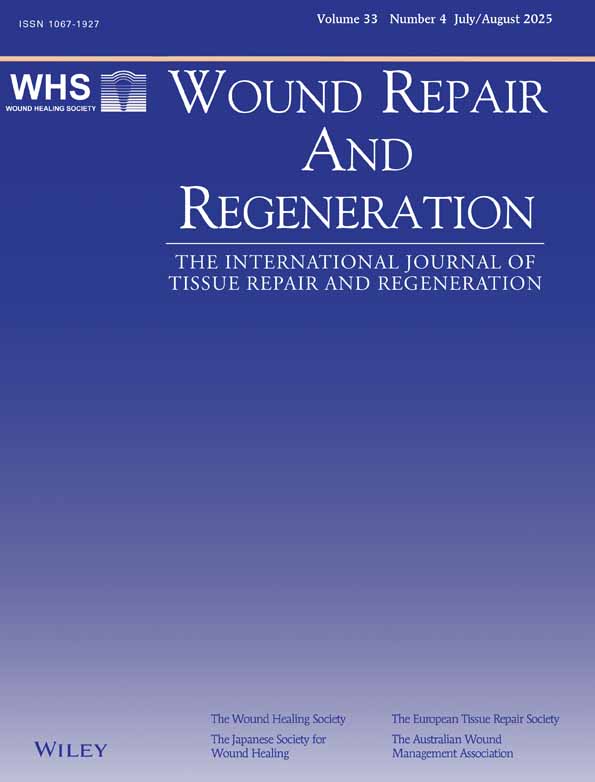Actin fiber orientation in connective tissue contraction: a quantitative study with the perforated rat mesentery model
Abstract
Numerous fibroblasts with long cytoplasmic protrusions containing F-actin appear during closure by contraction of rat mesenteric perforations. These protrusions are predominantly arranged parallel to the wound margin. In the present study, the spatial and temporal organization of such protrusions was quantitated during normal and retarded healing in zinc-deficient animals. An orientation index, which gives the global orientation of the F-actin fibers, was calculated after Fourier transformation of images generated in a laser confocal microscope. Actin-rich fibroblasts began to accumulate at the wound margin on the first postoperative day, and the amount of actin gradually increased with time. The orientation index of the F-actin in unperforated mesenteric membranes was low, whereas the orientation index around perforations increased significantly (p < 0.001) with time and reached a maximum level on postoperative days 5 to 7. The orientation index was significantly lower (p < 0.02) in membranes with retarded healing in zinc-deficient animals than in controls. The findings show that image analysis can give valuable information about fibroblast organization during tissue repair and indicate that the spatial organization of the fibroblasts is an important factor in connective tissue contraction.




